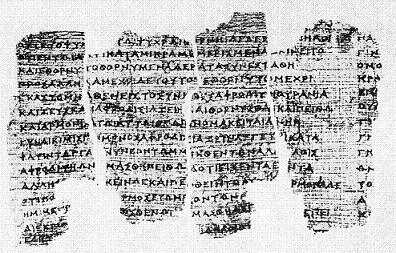
Art, Education, Symbols and Signs, Spirituality, Power of Mind, default
Derveni Papyrus about Orphism and Ancient Greek gods
Esoteric teachings of Golden Citizens of Ancient Greece
Learning from symbols, and ancient art by Natasa Pantovic
Metamorphoses. Transformation. A journey of a soul passing through Gaia, but also an epic poem in fifteen books written 2,000 years ago, by the Roman poet Ovid, completed in 8 AC inspired by the Ancient Greek Theogony Θεογονία “Birth of the Gods” attributed to Hesiod 700 BC, and the Derveni 500 BC.

The Oldest Greek Papyrus 500 BC Derveni Papyrus
The poet's writings are based on already fully established Ancient Greek manuscript tradition. Re-writing myths, the creation story, Ovid begins by describing how the elements emerge out of chaos, and how mankind degenerates from the Gold Age to the Silver Age to the Age of Iron. This is followed by an attempt by the giants (Titans) to seize the heavens, at which the God Jove sends a great flood which destroys all living things except one couple, Deucalion and Pyrrha.

 Log in with Facebook
Log in with Facebook 





